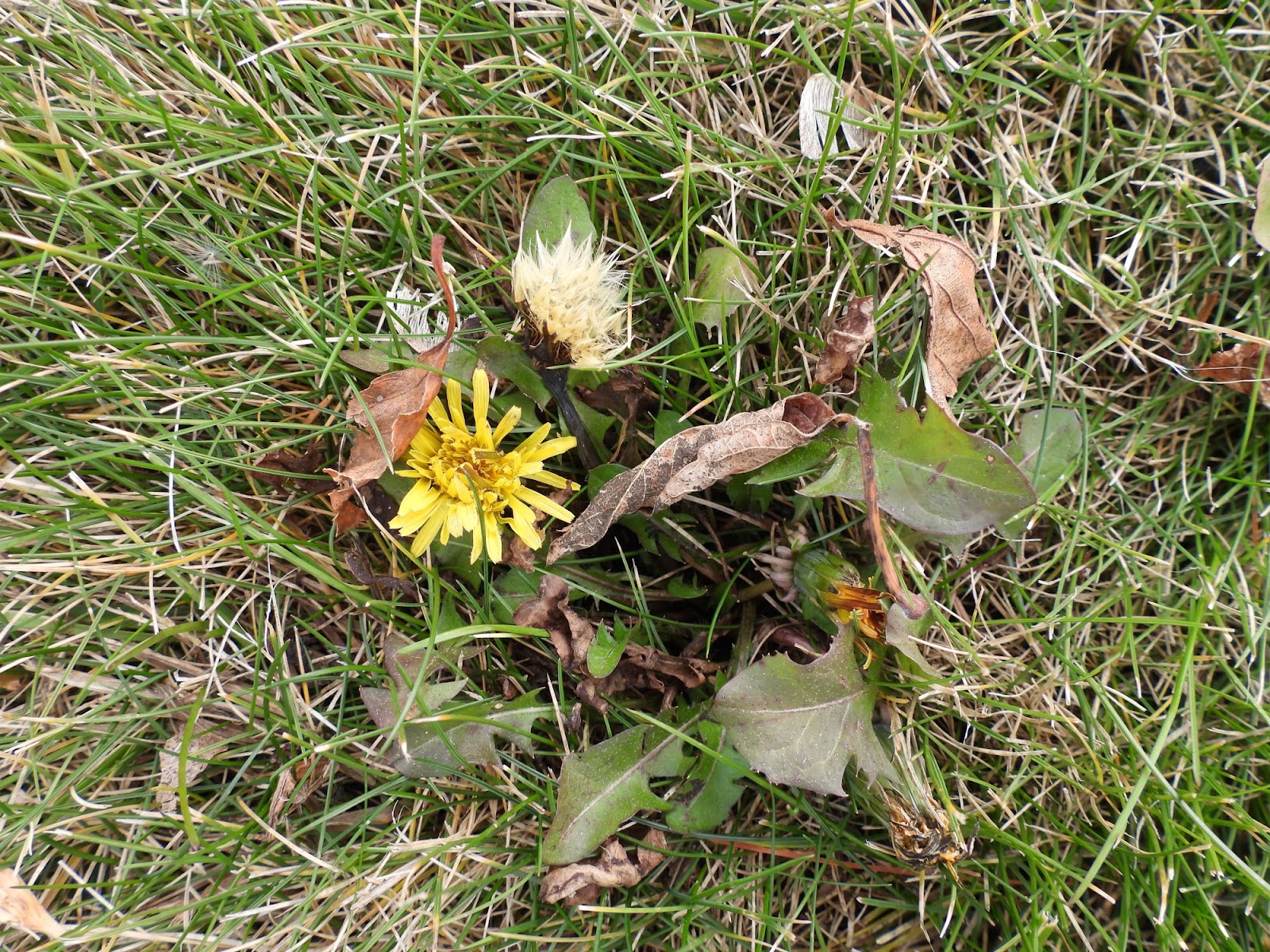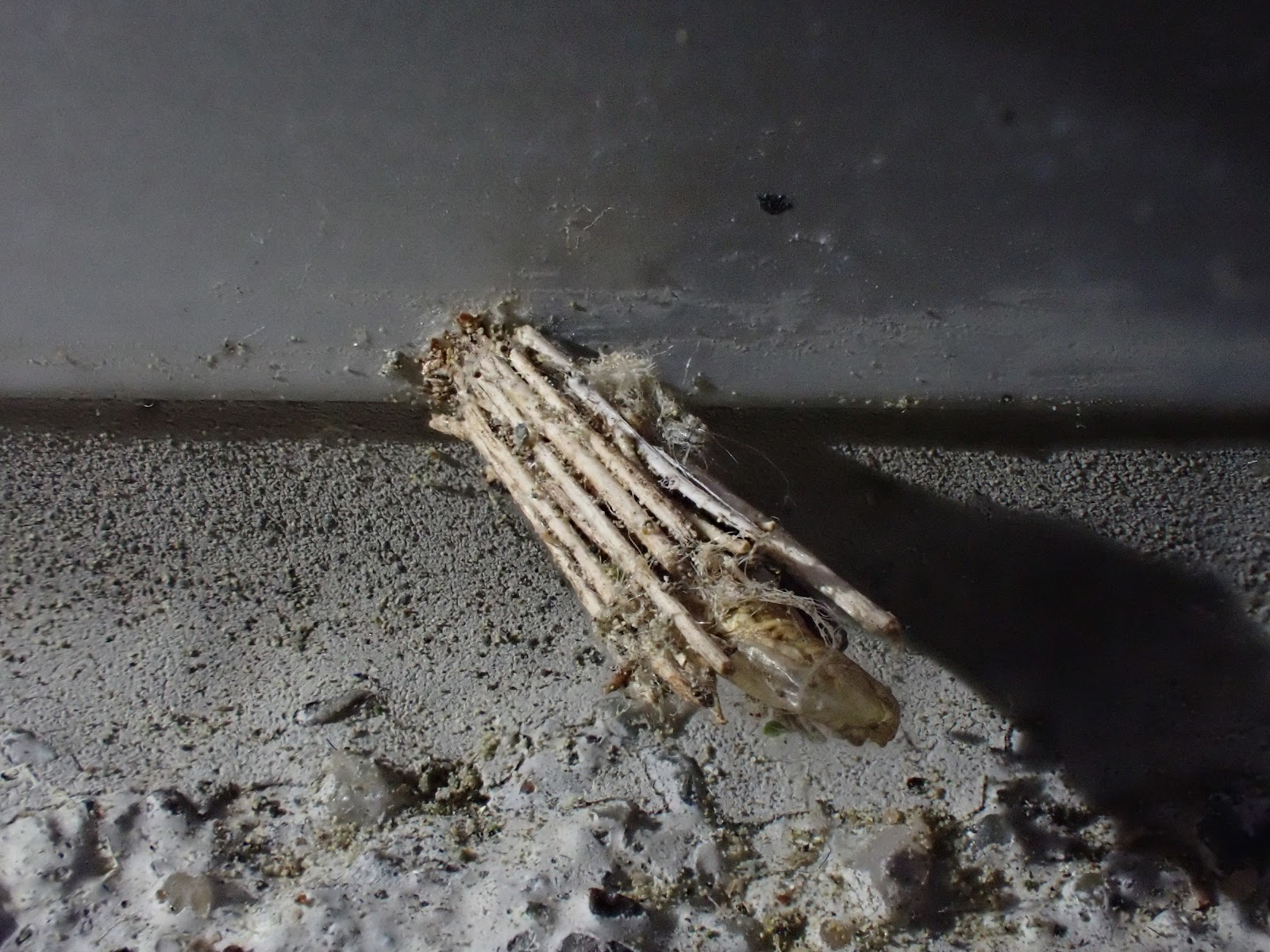While digesting one of the many rounds of holiday feasts and leftovers, with plates of cookies in between, a headline caught my eye: “Big brains or big guts: Choose one.”
As much as the post-holiday-dinner-brain-fog is real, I don’t love the implications of those options.
Luckily, the article wasn’t about humans. It was examining birds in cold, highly variable habitats, and their struggle to survive. Essentially, birds have two options: spend energy maintaining a big brain that allows them to find high-quality food, or spend energy maintaining a large stomach that can make low-quality food sufficient in high quantities. According to the research, if you are a bird who needs to survive cold winters, you must choose one. There’s no middle ground.
Last week I wrote about ruffed grouse feeding on the berries, buds, and twigs of mountain-ash trees. Grouse are the poster children for the success of birds with large stomachs and small brains. Even as ruffed grouse fly into windows, dart out into the road, and strut through my campsite unaware, I’ve tried to defend their intelligence. They are successful as a species after all, but that’s due to an evolutionary-level intelligence rather than individual intellect.
 |
A ruffed grouse sits and digests the contents of their large stomach in a protected place. Photo by Kevin Friedman. |
The benefit to having a small brain is that grouse put their energy into having a large stomach—and growing it even bigger for the winter. Back in the 1960s, two biologists “sampled” spruce grouse in Alberta, CAN, every month for a year. (I hope that they ate those poor, dissected grouse for dinner and didn’t let them go to waste.) Pendergast and Boag found that the grouse’s gizzards grew by 75% in winter, and the rest of their digestive tract increased in length by 40%.
The scientists hypothesized that when grouse switch from summer berries and insects to winter conifer needles (for the spruce grouse) and buds, twigs, and catkins (for the ruffed grouse) their gizzards must expand to hold more food and get strong to grind tougher food. Captive birds kept as controls and fed nice, digestible food didn’t exhibit any seasonal change in their digestive systems. Another study showed that stomach size decreases as grouse and ptarmigan diets became more digestible, so needle-eating spruce grouse are at the large end of the stomach spectrum among their cousins. That their brain is at the small end is evidenced by spruce grouse’s nickname “fool hen.”
Having a robust digestive system is made even more important because grouse aren’t good at storing fat. They must eat a lot every day to fuel their metabolism and get through winter. But while they are feeding—often in the tops of aspen trees—they are exposed to cold, wind, and predators. Their solution is to eat fast and save digestion for later.
While exposed, grouse feed quickly, packing 10 percent of their bodyweight in food into a pouch in their esophagus called a crop. Then they hide away in a dense thicket, or dive into a snow roost, to digest in peace and safety. This strategy doesn’t keep every grouse alive, but come spring, the survivors have lots of babies who need little parental care, and the population will rebound.
Other animals who have similar diets to grouse also grow bigger stomachs in the winter to accommodate fibrous food. Voles, for example, show a winter increase in the mass of their gastrointestinal tract, and especially the cecum. The cecum is a pouch in between the large and small intestines where microbes ferment fiber and make nutrients available to the vole.
The stomachs of white-tailed deer also expand in the winter to accommodate a larger quantity of lower quality food. And deer, with their four stomachs, have a much more elaborate system of microbial fermentation than the voles. The catch is that their microbes adapt to seasonal changes in their diet, and feeding deer corn or other supplements in the winter can kill them through rumen acidosis.
Of course, not all animals grow bigger stomachs in the winter. Shrews shrink their entire body, even their skull, by about 20 percent so that their metabolism can keep running at full tilt but survive on less fuel. Fish, like pumpkinseeds, who become dormant in the cold winter water, save energy by shrinking their gut until right before spring spawning.
And then there are the birds at the opposite end of the spectrum from grouse: black-capped chickadees. Their brains, not their stomachs, get bigger in winter. Let that information digest, and I’ll tell you more next week.
Emily’s award-winning second book, Natural Connections: Dreaming of an Elfin Skimmer, is available to purchase at www.cablemuseum.org/books and at your local independent bookstore, too.
For more than 50 years, the Cable Natural History Museum has served to connect you to the Northwoods. The Museum is open with our brand-new exhibit: “Anaamaagon: Under the Snow.” Our Winter Calendar is open for registration! Follow us on Facebook, Instagram, YouTube, and cablemuseum.org to see what we are up to.
































